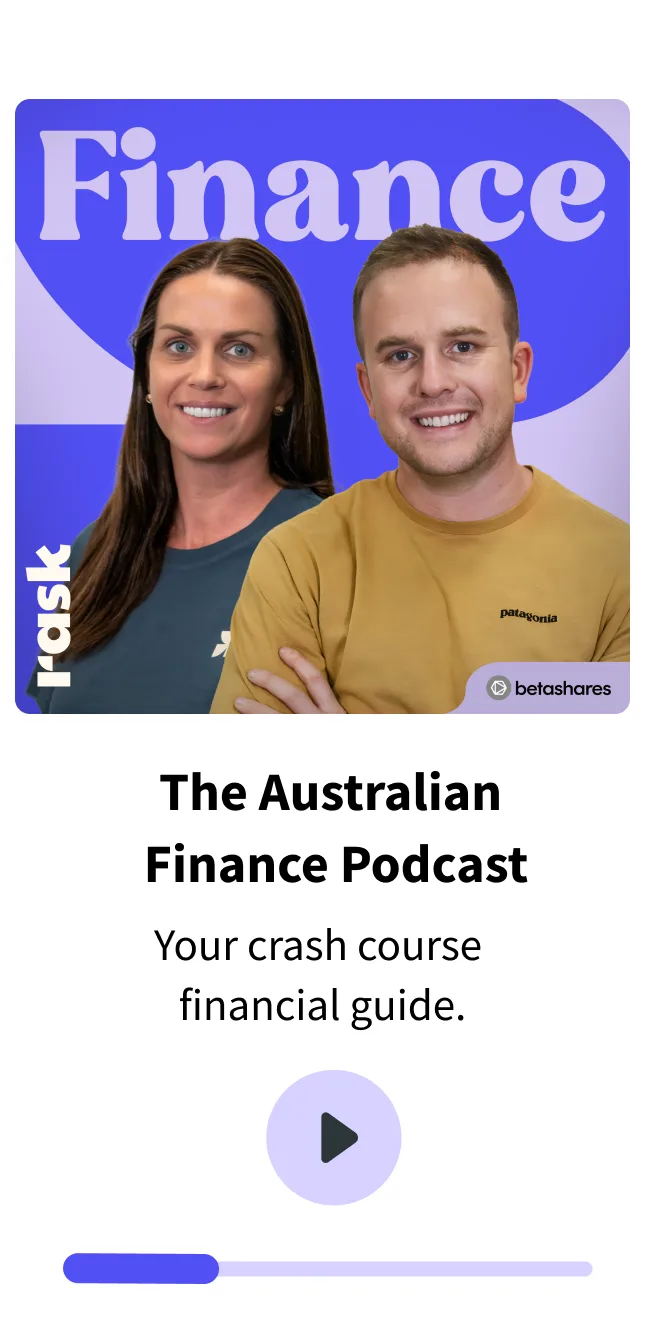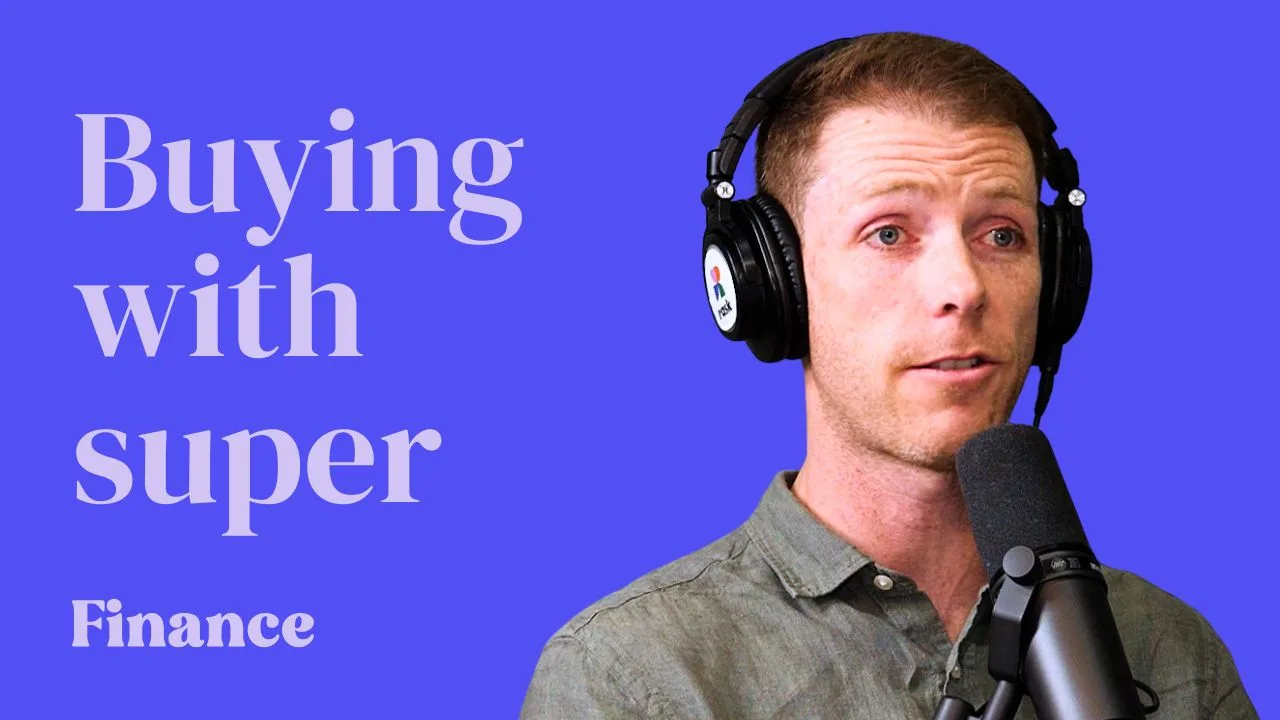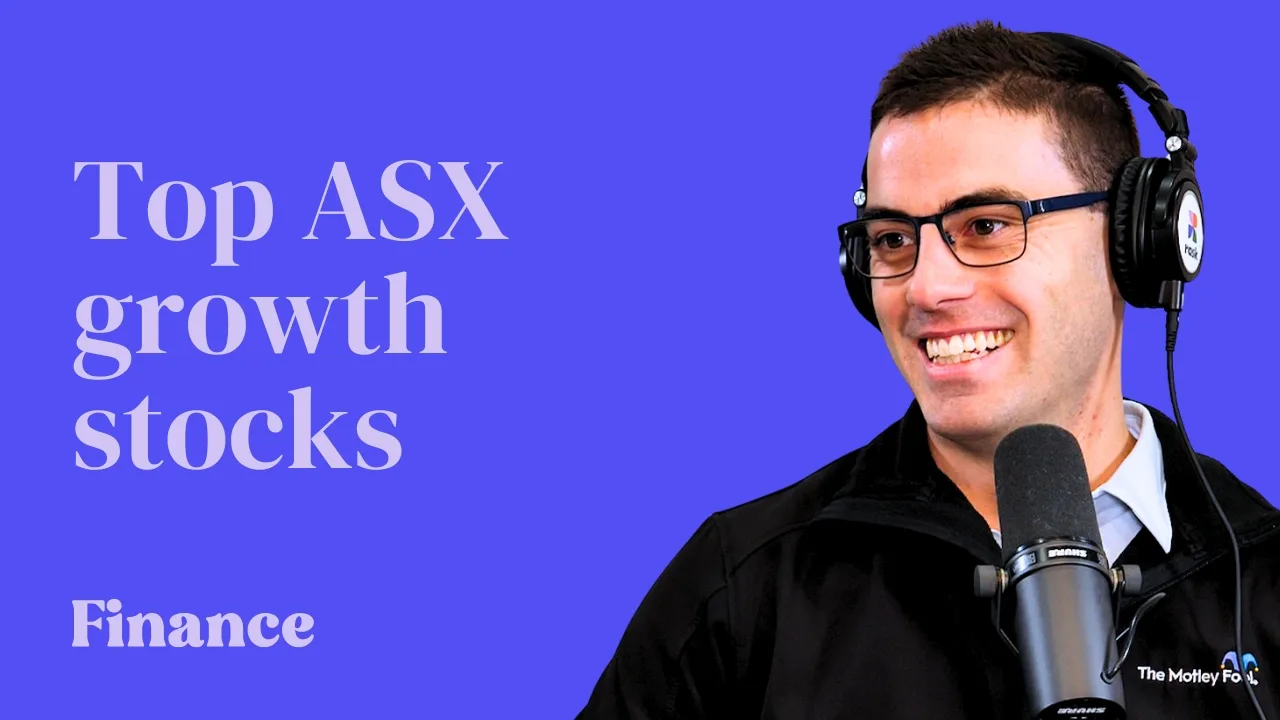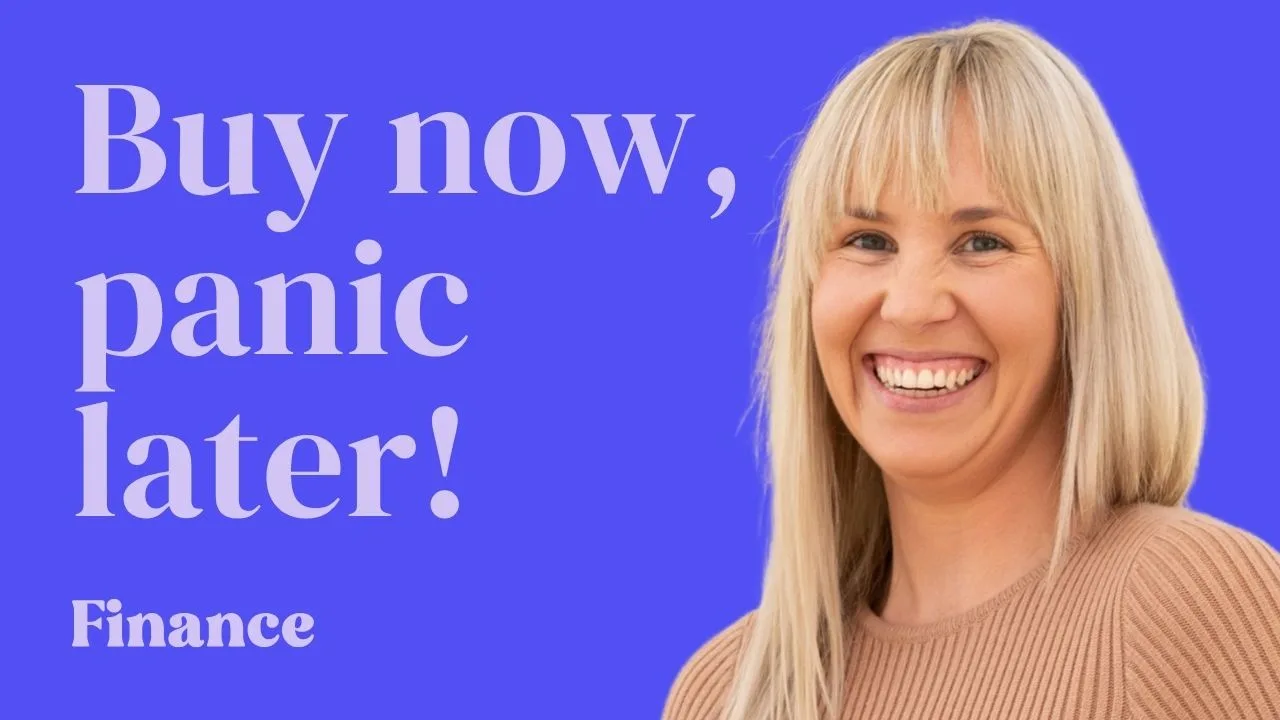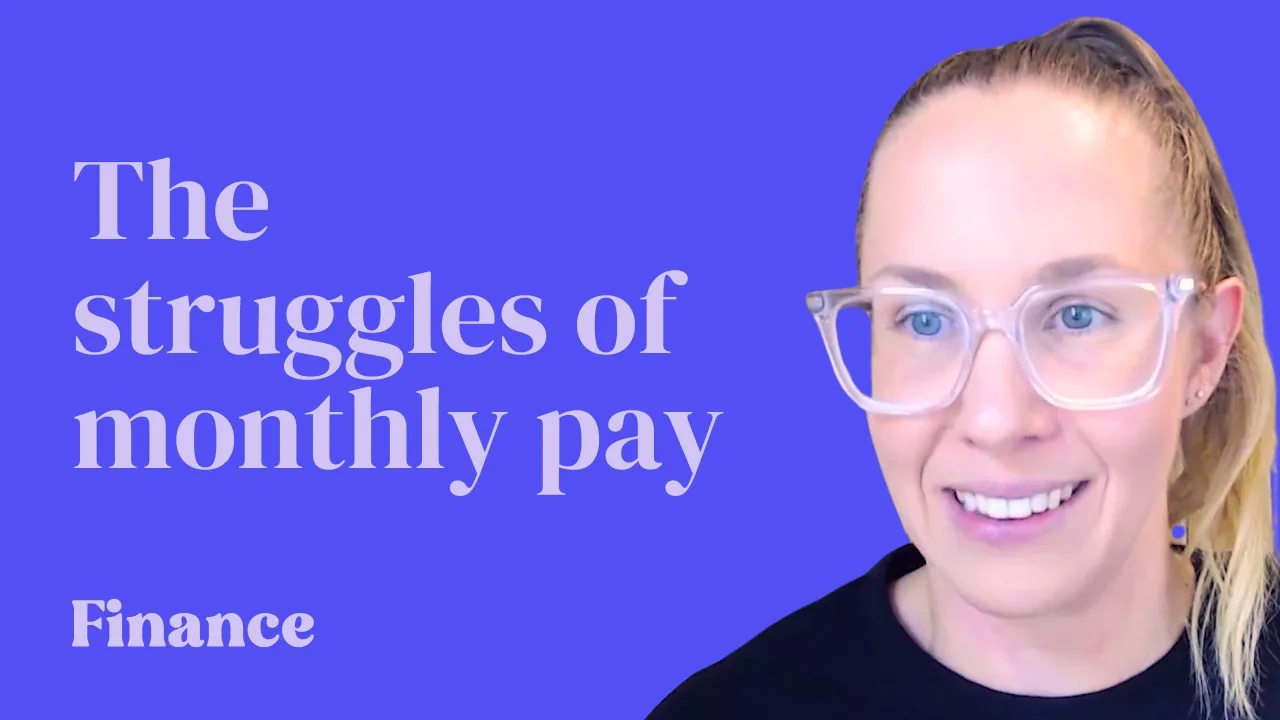Interested in Core & Satellite investing?
Welcome to our monthly-ish market update, where we cover everything you need to know as an investor and discuss practical actions you can take to improve your finances.
In today’s episode, we’re sharing Owen’s approach to investing using the Core & Satellite method and catching you up on what’s been happening in global investment markets over the past month.
Owen’s approach to Core & Satellite investing
A high quality financial planner will often talk to their clients about something called Strategic Asset Allocation (SAA) which simply put, means the ‘long-term mix’ of your assets. For example, between growth and defensive assets. They might also mention Tactical Asset Allocation (TAA), which refers to shorter term tilts on a portfolio (e.g. an increase in small cap shares, given a three-year view).
Through the Rask Community over many years, we’ve championed the Core and Satellite approach to long-term investing. You can think of the Core as SAA and Satellite as TAA. Using a Core & Satellite approach to long-term investing makes sense because it helps you invest sensibly, in proven strategies within the Core, but also ‘scratch the itch’ of stock picking, high risk assets and so on within the Satellite component of your portfolio.
Though the exact figure is debatable (see Brinson et al.) various literature shows us, and we believe, the majority of an investor’s long-term return comes from his or her core portfolio – the low cost, boring, diversified, part – and not the security selection. Meaning, don’t get hung up on ‘which’ share or ETF to buy, just buy well and stay invested. For all investors, the implications of this research should have been obvious by the mid-1990s. That is, spend more time getting your portfolio set up right, with a clear growth-v-defensive mix, and then simply focus your attention on consistently sticking to your plan.
Vanguard’s success is a clear example of this research in action, but it has taken 49 years to get this far. If we assume, say, 90% of the return we will get comes only from picking an SAA and staying invested, the logical next step is that we should do everything within our control to ensure we can stay invested through good times – and the bad. The problem is, as the Dalbar report has shown over 30 years, most investors underperform their own stocks or funds because they are constantly switching in-and-out of investment products.
All that time, effort, money and ‘advice’, just to switch out at the worst time?
While Charlie Munger warned us repeatedly about the perils of envy, being the only one of the deadly sins we cannot get any pleasure from, we (as a human species) still chase returns on the way up. It reminds me of the time Charlie visited a fishing shop only to find brightly coloured purple and green fishing lures. “Do fish really take these lures?” Charlie asked the shop’s owner. “Mister, I don’t sell to fish.”
The finance industry has done a wonderful job of convincing us that the best thing you can do for your wealth is buy the next hot thing. A mining stock in Africa. A hidden technology stock that ‘herald readers’ don’t yet know about. It could be the next Amazon, they say. We see a similar pattern on the way down. We, homo sapiens, are genetically pre-disposed to avoid pain and uncertainty. As Prof. Daniel Kahneman showed many times over, loss aversion bias sees us fear the pain of a financial loss significantly more than the joy of its gain. Likely leading us to flee “underperforming” investment portfolios at the exact moment they are at their worst.
So if we know long-term investing is the way to grow wealthy, yet we are pre-disposed and vulnerable to the vicissitudes of markets, what can we do? I believe the first step in managing these competing tensions, and getting a respectable outcome, is acknowledging we are not fully in control. For example, despite millions of hours, many PhDs of finance, countless quantitative metrics, research papers, the latest flashing charts, and snake oil salesmen and women espousing a proven strategy, the numbers are damning for investors. The best we can do, to borrow a phrase from author Morgan Housel, is try to be reasonable, not rational.
Any investment can look great in a spreadsheet, but our brains didn’t evolve from X and Y coordinates. Being humble in our assumptions and expectations, and accepting the past doesn’t repeat but it may rhyme, are key ingredients to surviving the modern financial world. Over many years, the Rask Philosophy has shifted and evolved, but our 10 core principles remain largely as they were when they were created many years ago:
- Capitalism works. If companies and entrepreneurs create value for society by solving problems via their companies, shareholders supporting them must also be rewarded.
- The stock market is a vehicle for transferring wealth from the impatient to the patient (see Buffett annual letters)
- Wealth creation can be summed up in two words: accumulate assets.
- Fewer investment decisions often result in better decisions. High conviction and concentration is the best approach when you know what you are doing.
- Diversification is very important for beginners, passive and index investors. This is why we build your portfolio mostly with ETFs.
- The benefits of extra diversification will rapidly diminish after 10 uncorrelated positions (see Evans & Archer).
- Less than 5% of companies on the stock market are responsible for all of the stock market’s wealth creation over bonds (see Professor Bessembinder).
- There are three commonly accepted investing ‘edges’: behaviour, analytical ability and information. Investors would be wise to focus on their behaviour.
- Most people shouldn’t invest in individual shares because they lack the time, inclination and/or curiosity.
- Investors do not need to choose between ‘active’ or ‘passive’ — everyone should use both in a Core & Satellite portfolio.
Core components:
At the outset, a Core position needs to clear important hurdles before it can pass through our investment checklist:
- Proven track record – an investment for our Rask Invest portfolios must be built on a foundation of objective empirical evidence, spanning (ideally) decades, not weeks or months. From time to time, we will consider vehicles with short track records, provided the people and processes are robust and consistent.
- Low cost – here, we’re not just talking about fees. The cost of misaligned incentives can also not be overlooked because in the finance industry, someone who is not aligned to your goals can have an insidious impact. You barely notice that someone, or something, isn’t aligned to your goals until years down the track. As the comedian John Oliver once put it, “think of fees like termites: they’re tiny, they’re barely noticeable, and they can eat away your f#$*ing future. ” Fees are often considered a big reason most investors do poorly, which is why we seek to minimise fees in every way, but they are not the only incentive to focus on.
- Low turnover – for tax reasons, almost every time you buy or sell an investment there will be a tax bill or frictional cost to pay — which significantly drags on your investing returns. As the saying goes, compounding is very powerful, so don’t interrupt it. Unfortunately, in the finance industry, ‘turnover’ – a measure of buying and selling actively in one year – is not often reported to investors. We have a bias to inactivity because we believe, as Housel once said, 99% of long-term investing is doing nothing; the other 1% changes your life. Naturally, we are slow to buy, slower to sell and thus have a very long-term time horizon. And, therefore, we seek out lower turnover investments to avoid dragging on the returns with taxable events.
- Easy to understand – if you cannot sleep-at-night with your portfolio, whether it’s managed by us, someone else, or by you, it won’t be sustainable over the long run. Just like everyone is a high growth investor… until the next market crash, the stock market has a habit of always catching up with us and Lady Luck. As Warren Buffett said in his 1994 address, it’s only when the tide goes out you realise who has been swimming naked.
As the Australian ETF landscape expands beyond 350 ETFs (including actively managed ETFs) we are in prime position to identify, research and invest in more ETFs, sectors, geographies and industries.
